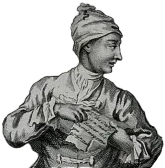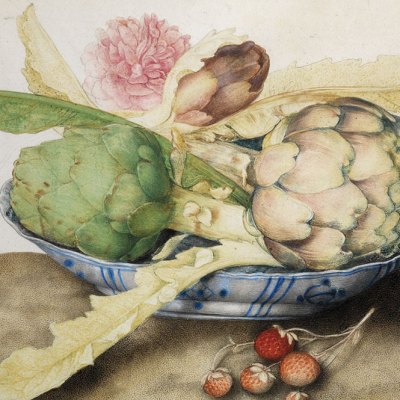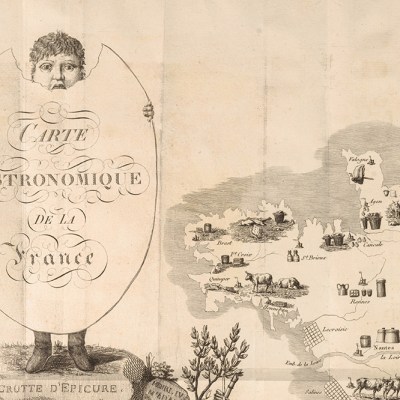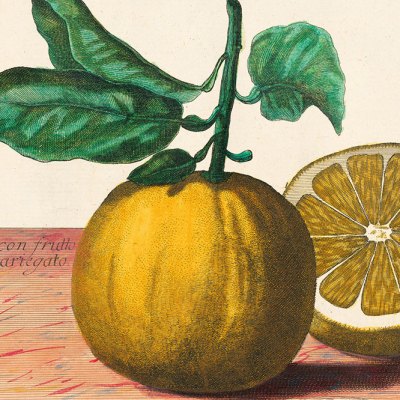Introducing Rakewell, Apollo’s wandering eye on the art world. Look out for regular posts taking a rakish perspective on art and museum stories.
Rakewell was pleased to learn that a Van Gogh still life of potatoes has this week entered the collection of the Boijmans Van Beuningen Museum in Rotterdam. In a week when the headmaster of a Southampton school made headlines by bemoaning the inability of his caterers to bake a potato, this feels like a moment that calls for celebration of the simple spud.
Any artist can paint a pretty picture of fruits and flowers, but the humble potato – usually beige-brown, always lumpen – poses a far greater test. (Praise from Withnail & I’s Uncle Monty for a similarly underserved vegetable suggests itself here: ‘The carrot has mystery. Flowers are essentially tarts, prostitutes for the bees.’) Van Gogh rose to the challenge several times during the 1880s, painting pieces that treat the spud with the seriousness it deserves. Like his early masterpiece The Potato Eaters (1885), the hues he chose for Still Life with Potatoes (1886–87) are dark, redolent of winter gloom; later potato portraits are leavened by a lighter palette inspired by the Impressionists.
It has long disappointed Rakewell that more artists have not depicted this most remarkable of roots. There are exceptions, of course: it plays the part of a protuberant nose in Arcimboldo’s Autumn (1573); there is the hyper-realist Potatoes (1969), by Van Gogh’s fellow countryman Jan Beutener, and a rich crop of potato-based paintings and sculpture by another Dutch artist, Jacqueline De Jong; there are magnificent pieces of pre-Columbian pottery shaped like potatoes. Yet remarkably few still lifes place it in centre frame, with the likes of Cézanne picking the more obvious charms of the pomme over those of the pommes de terre.
Autumn (1573), Giuseppe Arcimboldo. Musée du Louvre, Paris

In Paris, there is one place where the potato is given its due. The Metro station Parmentier is named for Antoine-Augustin Parmentier, the 18th-century agronomist best known for popularising the potato in Europe – and, of course, for the various dishes that bear his name. Here, a statue and accompanying information panels remind commuters how Parmentier transformed public perceptions of the potato: from pig-feed to a foodstuff fit for a king. In Père-Lachaise, grateful visitors leave potatoes on his tomb to this day.
Of course, potatoes have run their tuberous influence through a variety of art forms – not least the Mashed Potato dance, as encouraged by James Brown. Perhaps now is the time to get to the root of what Mr Collins in the film adaptation of Pride and Prejudice quite rightly calls ‘an exemplary vegetable’.




